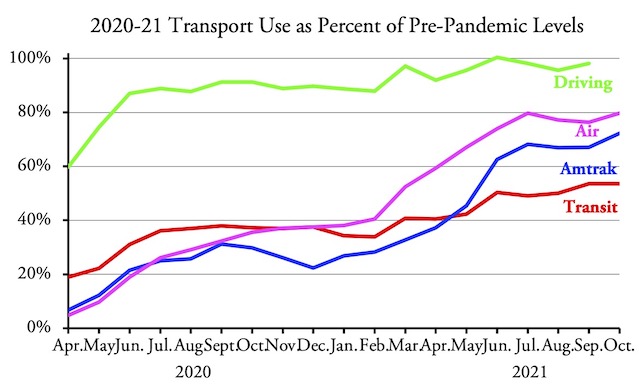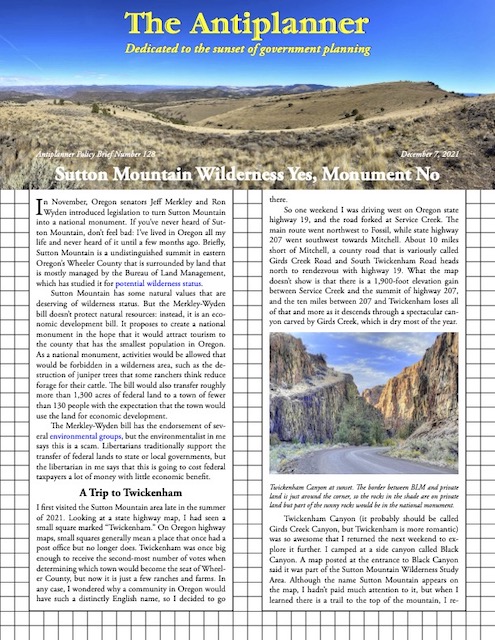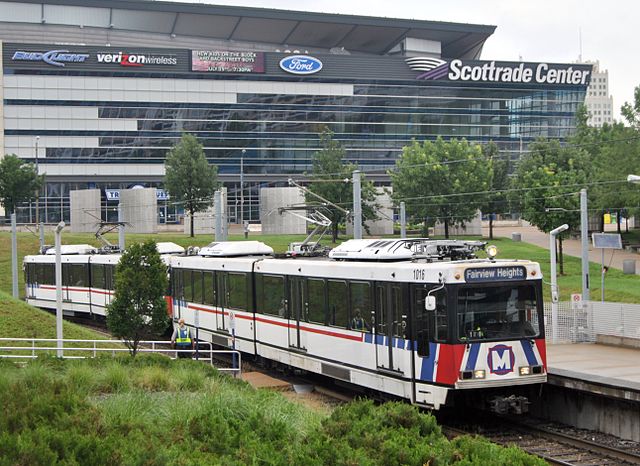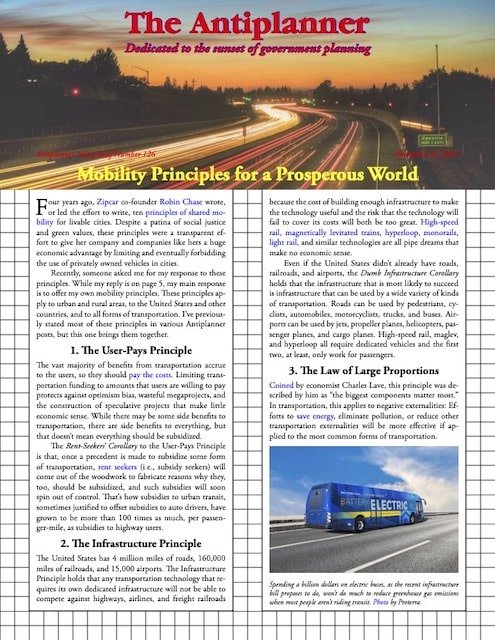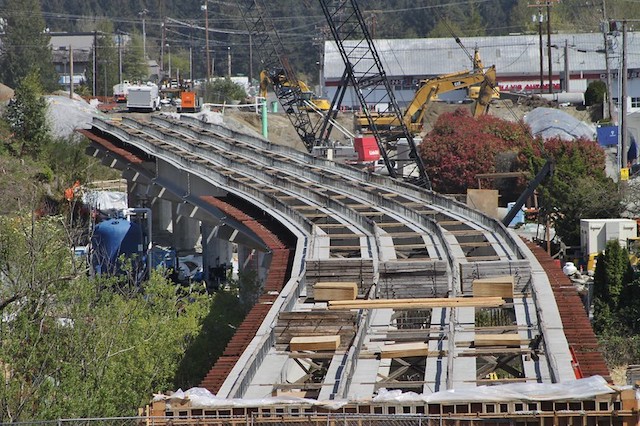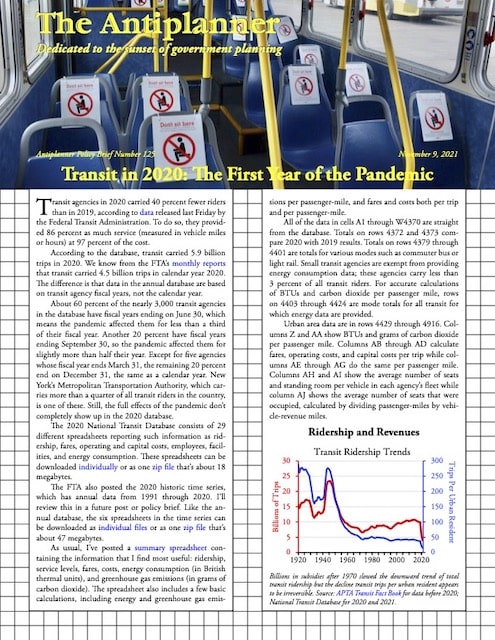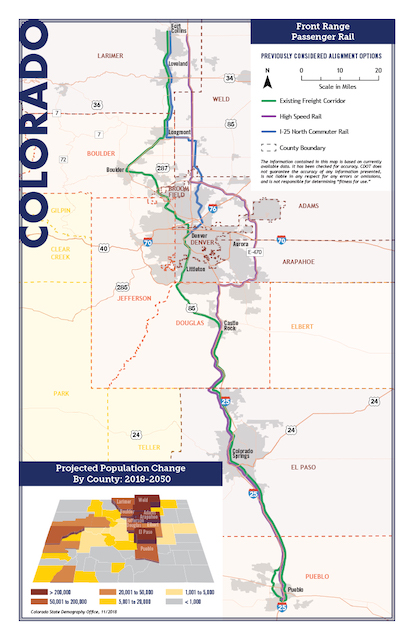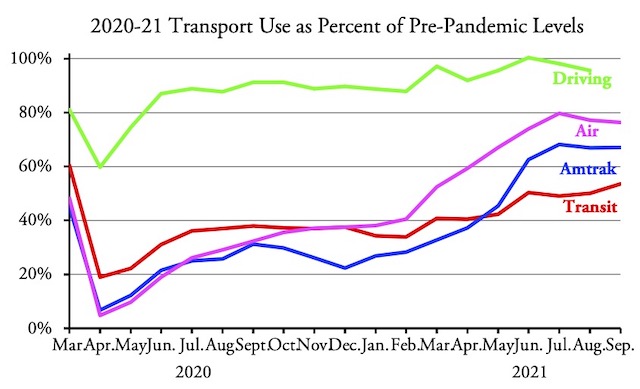Transit ridership in October 2021 was 53.5 percent of October 2019, a slight drop from September’s 53.6 percent, according to data released yesterday by the Federal Transit Administration. Air travel increased from 76.3 percent to 79.7 percent and Amtrak increased from 67.1 percent to 72.2 percent, so transit continues to lag behind other modes.
Amtrak numbers are from Amtrak’s Monthly Performance Report; air travel numbers are from the Transportation Security Administration. Driving numbers should be available in about a week.
Transit agencies offered 80 percent as much service (measured in vehicle-revenue hours) in October 2021 as they did in the same month of 2019. Though this is down from 86 percent in September, this was mainly because October 2019 saw a large increase in service: October 2021 saw 99.6 percent as many vehicle hours as September 2021. Continue reading

